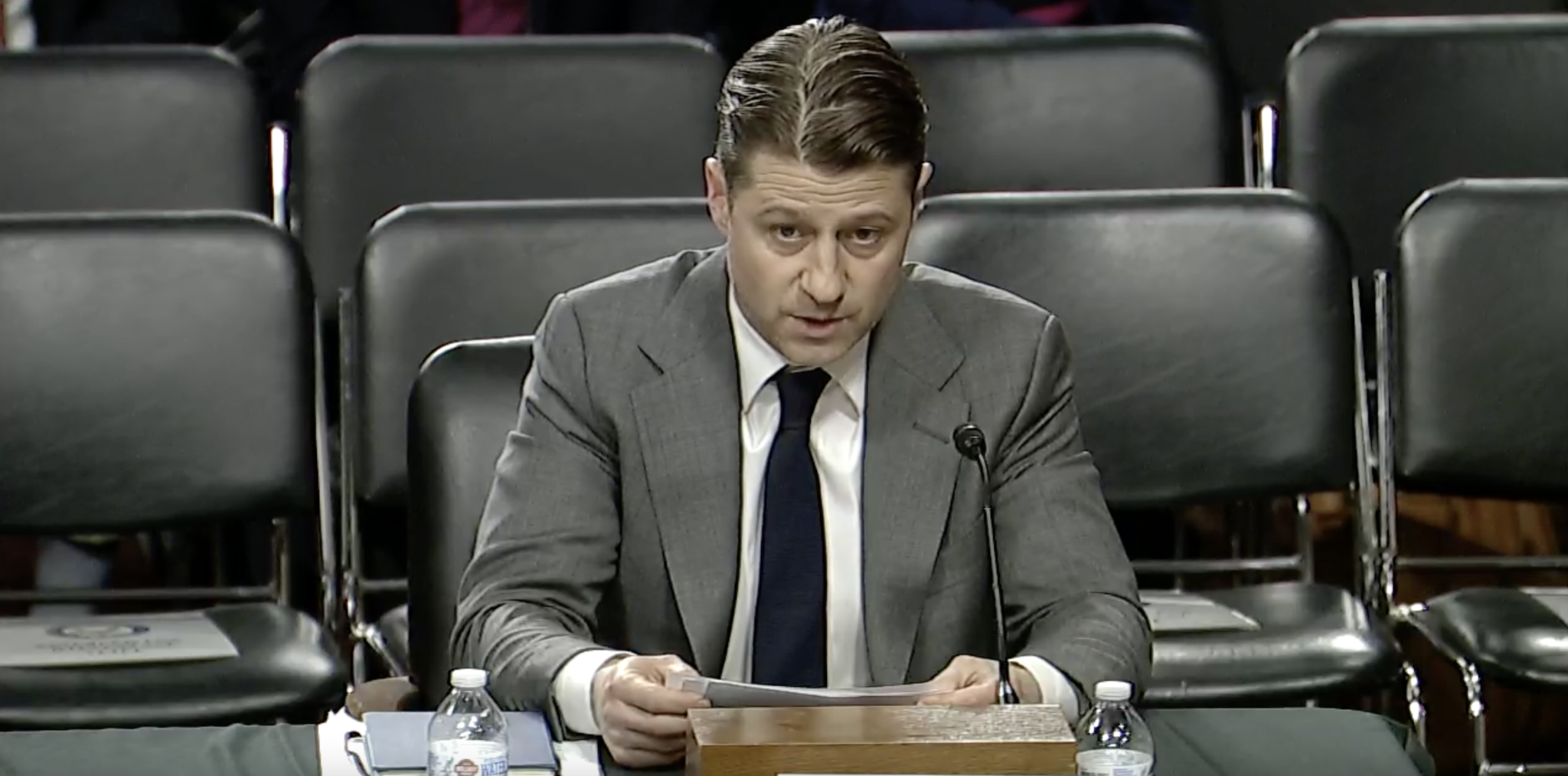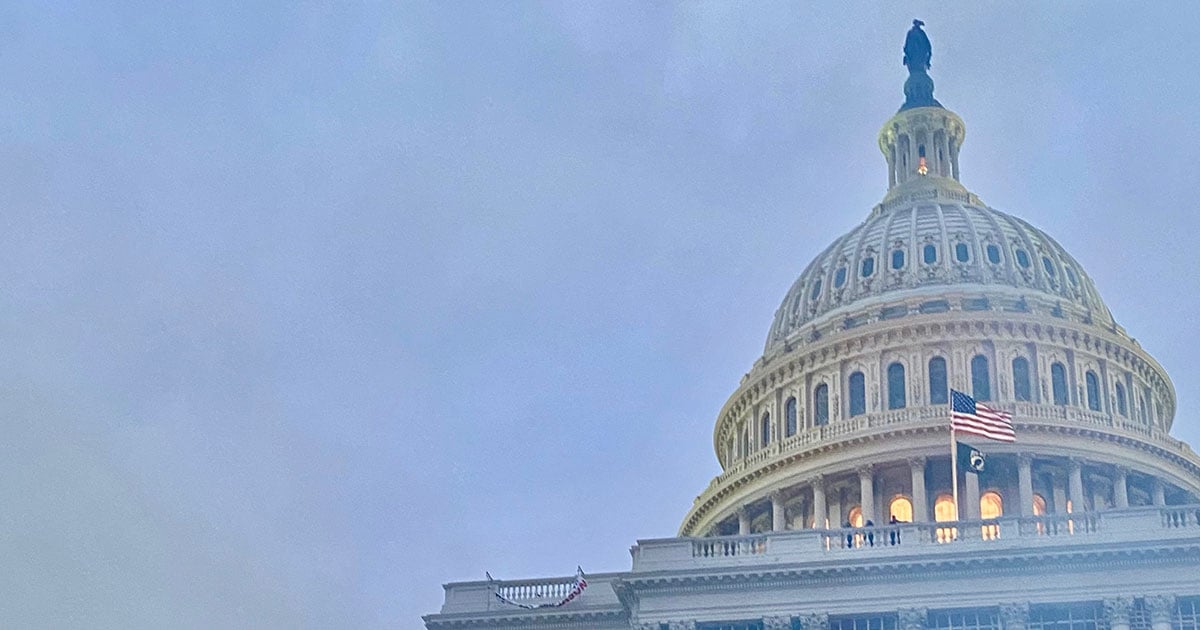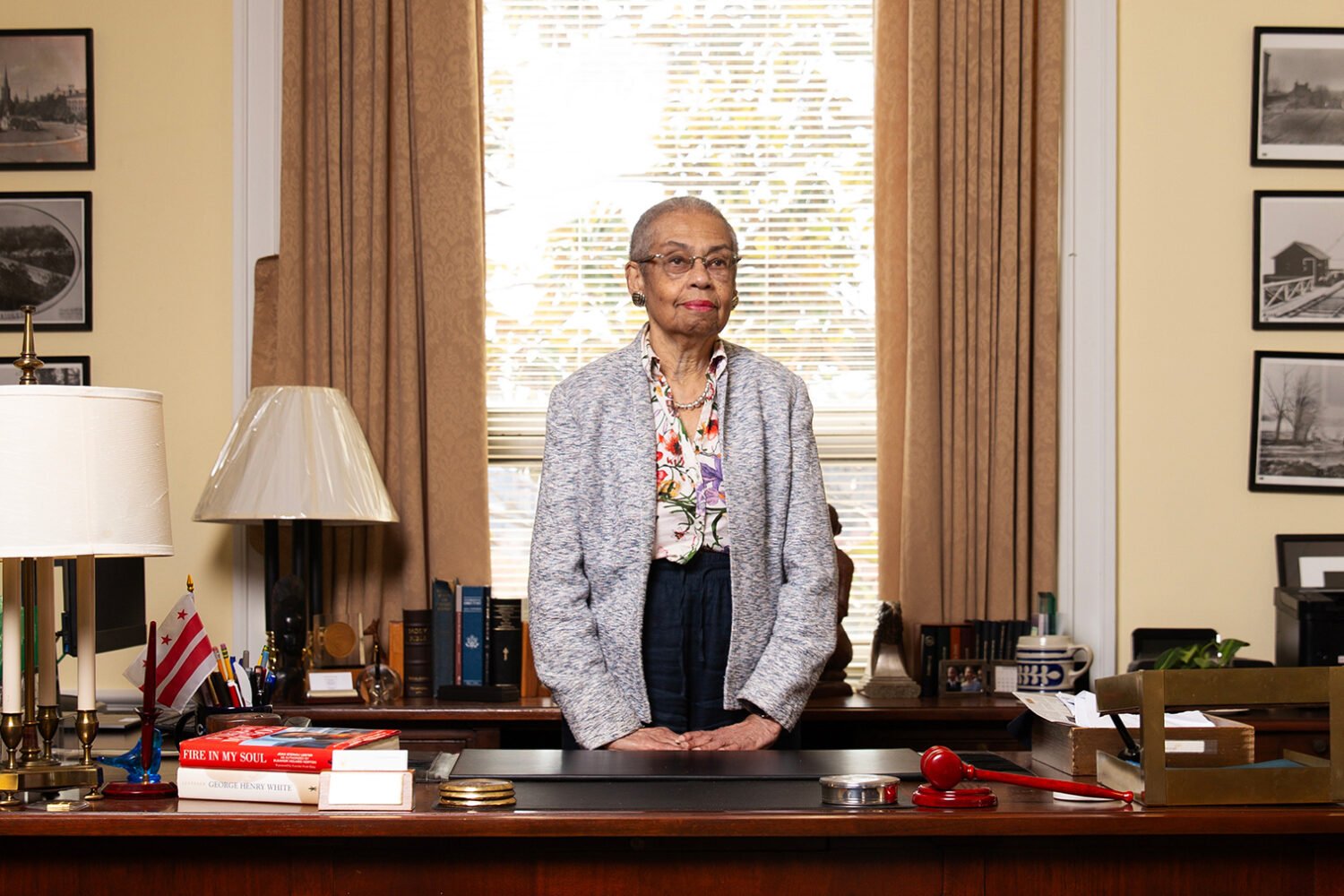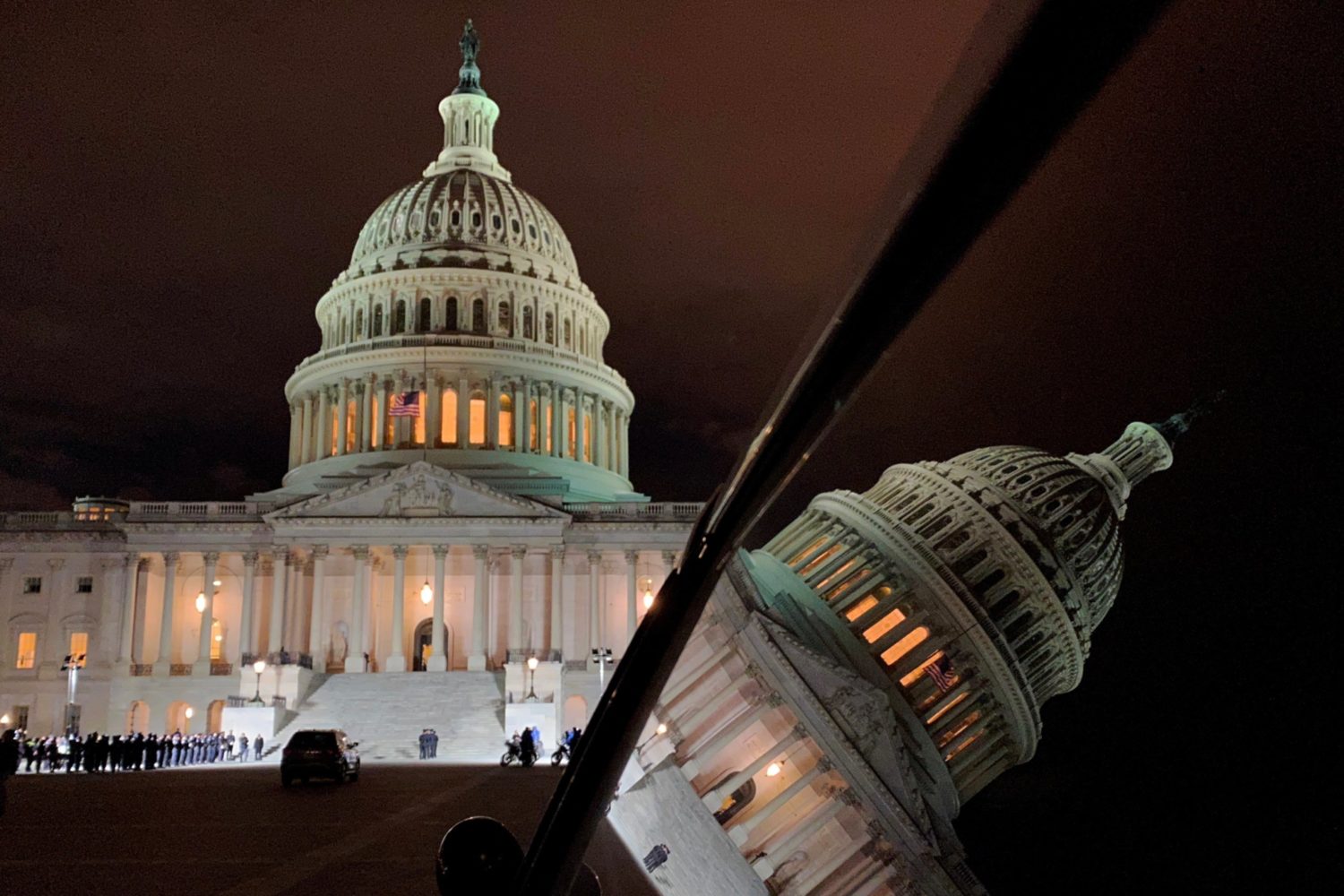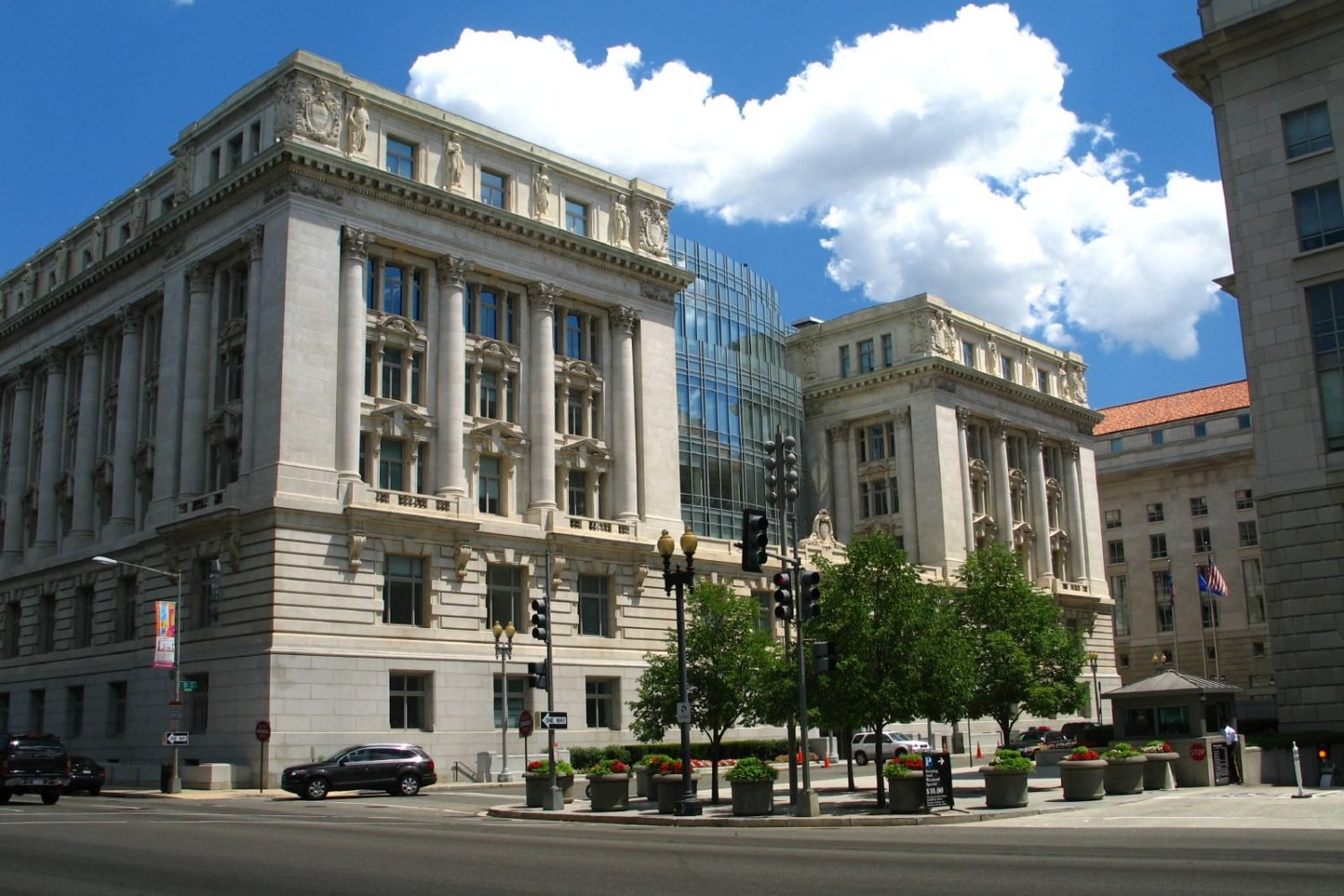Ben McKenzie Schenkkan, best known for playing Ryan Atwood on The OC, is testifying before the US Senate Committee on Banking, Housing, and Urban Affairs Wednesday morning. The topic? Crypto. McKenzie Schenkkan, who studied economics at the University of Virginia, has become an unlikely and prominent skeptic, working with journalist Jacob Silverman to demystify and debunk all things crypto.
In the wake of crypto exchange FTX’s collapse and the loss of more than $2 trillion in value among the biggest cryptocurrencies this year, McKenzie Schenkkan’s message has become prescient. You can watch the hearing here. You also can read his pre-written testimony, which diverged a bit from his spoken testimony. Here are five of the best crypto burns in that document:
• Crypto’s core concept of “trustless money” is extremely dumb.
The underlying idea of Bitcoin and other cryptocurrencies is that instead of having a monetary system that relies on trusted, centralized institutions such as banks and governments to arbitrate transactions and back the value of existing currencies, the world would be better off with a “trustless” and decentralized math-based electronic money system distributed through computer networks.
McKenzie Schenkkan points out that this is largely a distinction without a meaningful difference. And besides, he writes, at least traditional banks and governments protect deposits when things go sideways:
… [cryptocurrency] cannot function as a currency, and for a very simple reason. You cannot create ‘trustless’ money because money is trust. We made it up; it’s a social construct. Like all social constructs, money relies on trust forged through social consensus. You can no more create a ‘trustless’ money than you can a governmentless government or a religionless religion. The applicable words are anarchy and cult.
• Crypto is an investment vehicle like online poker is an investment vehicle.
To the contrary, McKenzie Schenkkan writes, it’s “at best an exercise in a zero-sum game of chance”:
Fittingly enough, several key players in the cryptocurrency industry cut their teeth in the online poker craze of the late 2000s. Chairman Gensler of the SEC has referred to stablecoins as “the poker chips in the casino” and I believe his metaphor is apt. The largest stablecoin in crypto by a country mile is Tether. Stuart Hoegner, Tether’s general counsel, was once the compliance officer for Excapsa, which was the holding company of Ultimate Bet, an online poker website from the era. Ultimate Bet was ultimately revealed to have a secret ‘god mode’ where insiders could see the other players cards so as to cheat them.
• For all of the big numbers and overheated Get Rich Quick rhetoric around crypto, there’s very little actual capital within its ecosystem.
“There are many reasons that so many customers cannot get their money back, but the simplest one is that much of it was never there to begin with,” McKenzie Schenkkan writes:
You don’t have to take my word for it. In March of this year, I asked Alex Mashinsky, CEO of the now failed crypto lending firm Celsius, how much real money was in crypto and he estimated: “10 to 15 percent. The rest is speculation.” Given crypto’s market cap at the time (~$1.8 trillion), that would imply only a few hundred billion dollars of actual money was backing these assets. When I asked Sam Bankman-Fried the same question in July of this year, he broadly concurred with Mashinsky, estimating around $200 billion was left in crypto. Personally, I suspect the true number to be far, far lower, but even taking these assessments at face value there is no denying that the amount of nominal value of crypto far exceeds the actual dollars in the crypto ‘ecosystem’.
• Crypto is basically a Ponzi scheme.
In a classic Ponzi scheme, very few if any actual physical assets or financial investments exist; instead, early investors in the scheme are paid with funds given by subsequent investors. Eventually, the total supply of new investors runs low, and once there’s no longer enough money to pay off promised returns to cover investors trying to cash out, the whole thing collapses in investigations and lawsuits.
In crypto, by contrast–well, according to McKenzie Schenkkan, there isn’t really a contrast:
Securities that have no underlying value are often described as Ponzi schemes. As such, under American law Ponzi schemes are regulated by the Securities and Exchange Commission.
I submit to you today that the entire cryptocurrency industry resembles nothing more than a massive speculative bubble built on a foundation of fraud. In my opinion, it is the largest Ponzi scheme in history by an order of magnitude.
• Acting is perfect training for understanding this moment in finance.
Perhaps there’s a future for FTX’s Sam Bankman-Fried and other toppled crypto titans in Hollywood:
If cryptocurrency is only a story then it is fitting that I am here, for I am a storyteller at heart. I know a few things about money and lying. I learned about money from my economics degree, as well as by making a bit of it during my two decades spent in showbusiness. I know about lying because as an actor I do it for a living.

